New Addition at Observatory;
Imaging: Venus, Comet 41P, More Galaxies
Posted: 25 March 2017
Cloudy skies returned on Wednesday, 22 March 2017. Thursday morning, 23 March, there was some rain (0.14") and a lot of small hail that turned the ground white. Strong winds came up mid-day. Clear skies returned on Friday, 24 March. The wife and I assembled and set up three benches on our land, including one at the observatory:
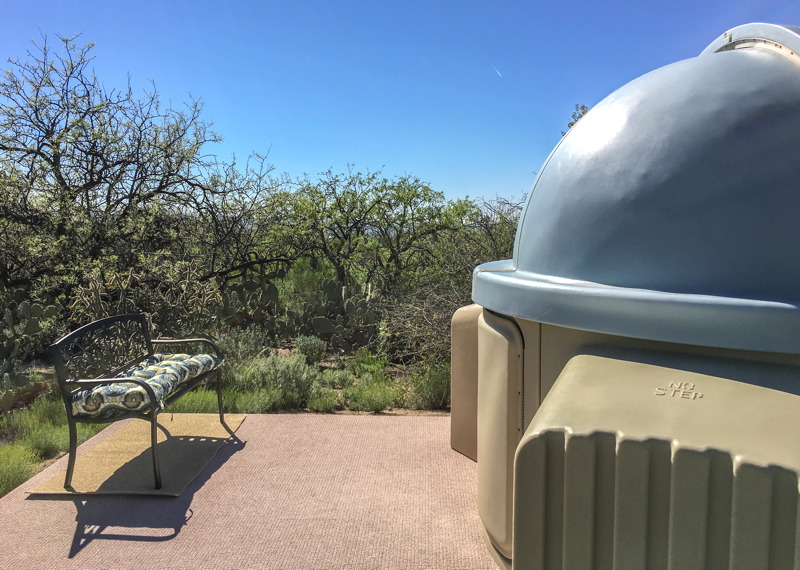
|
Open: Friday, 24 March 2017, 1807 MST Temperature: 84°F |
Session: 1090 Conditions: Clear |
Equipment Used:
12" f/8 LX600 w/StarLock
2" 24mm UWA eyepiece
2" 9mm 100° eyepiece
1.25" 5.5mm eyepiece
Camera:
iPhone 6s Plus
D7200 DSLR
1813 MST: LX600 ON, StarLock OFF, High Precision OFF.
1817 MST: viewed the thin crescent phase of the planet Venus, 102X, low in the western sky and through tree limbs. 1822 MST: Took this handheld iPhone 6s Plus photo, afocal 102X, using the iOS app NightCap Pro:
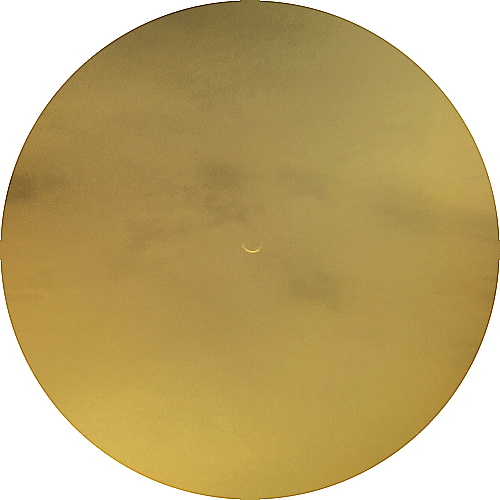
(The dark splotches are from the tree limbs.)
1825 MST: began setting up the iOptron SkyTracker Pro with the D7200 DSLR on the observatory patio for imaging Comet 41P/Tuttle-Giacobini-Kresak after the end of Astronomical Twilight:
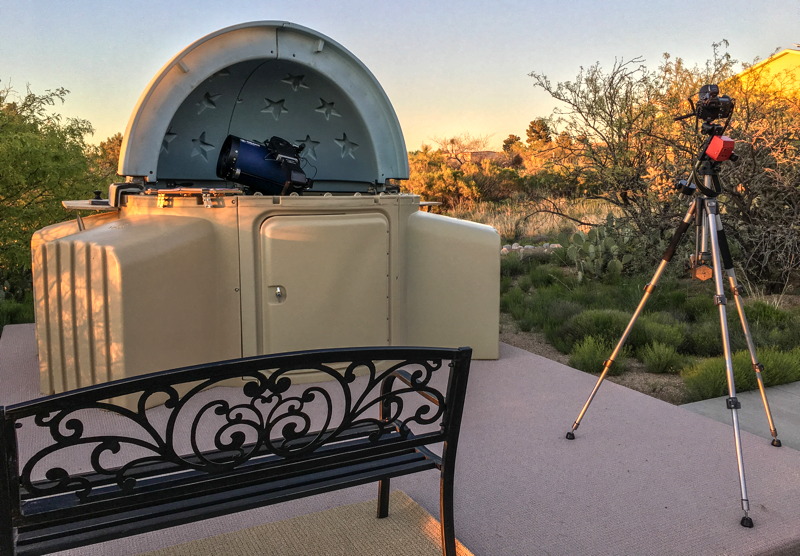
I then checked out the new bench on the observatory patio, with and without a seat cushion. It was very comfortable and convenient. I could even recline on the bench, which will be handy for watching meteors showers.
1841 MST: sunset.
1842 MST: viewed the planet Mercury, 102X. Its gibbous phase was visible.
1907 MST: began trying to observe Sirius B (the "Pup Star") using 102X, 271X, and 443X. Sirius was at the central meridian, so was at its highest in the southen sky. With the sky still somewhat bright I hoped that the glare from Sirius A would be reduced. Unfortunately, I was not able to see Sirius B.
Next, I did some planning for the night's Deep Sky Object (DSO) imaging.
1935 MST: polar aligned the SkyTracker Pro. 1942 MST: I was now ready to begin imaging Comet 41P. The temperature had dropped significantly so took a short break to get into some warmer clothes. 1954 MST: returned to the observatory.
1956 MST: viewed Comet 41P using the Vortex 12x50 binoculars. The still faint comet was visible in the bowl of the Big Dipper, with a rather large coma seen in the binoculars.
2000 MST: began imaging Comet 41P/Tuttle-Giacobini-Kresak with the D7200 DSLR. This is a tracked f/3.5, 221 seconds, ISO 1600, White Balance 3570K, FL 18mm, image (slightly cropped):
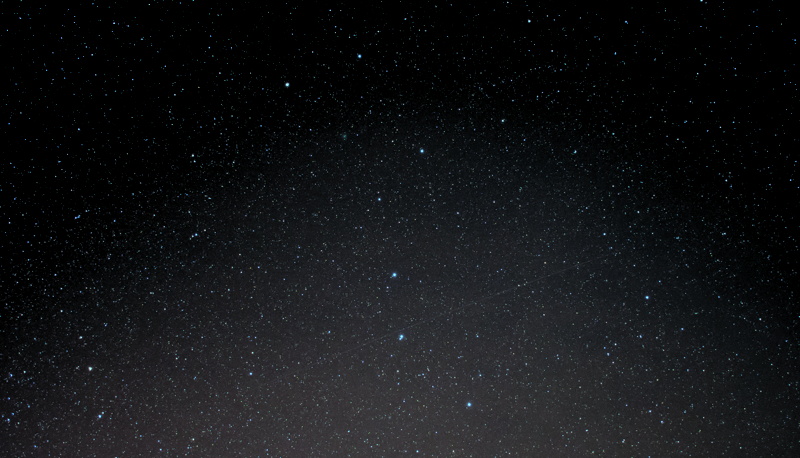
Mouseover or tap on image for label
A very faint satellite is visible crossing left-to-right near the star Mizar.
This is a tracked f/3.5, 5 minutes, ISO 2500, WB 3570K, FL 60mm, image (slightly cropped) showing the comet's coma in the bowl of the Big Dipper:
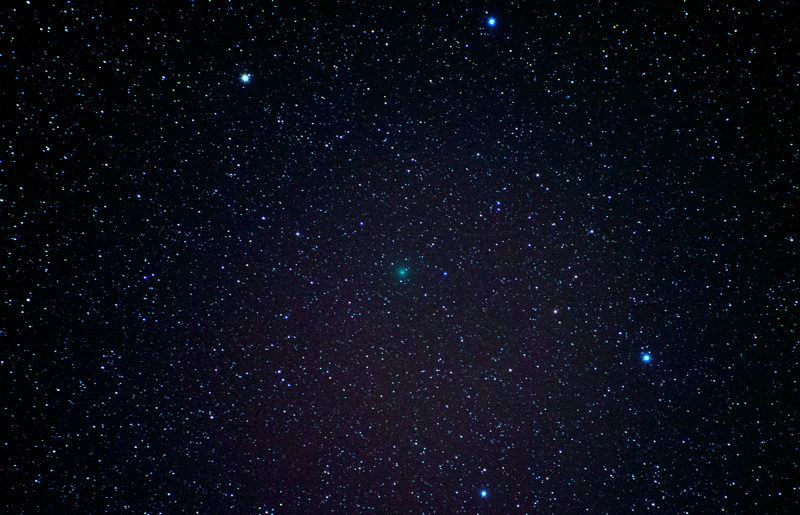
2039 MST: ended comet imaging.
Returned to the 12" telescope and viewed the galaxies M91 and M94, 102X. Then slewed to the star Denebola, mounted the DSLR at prime focus + focal reducer, focused using the Bahtinov Mask, and locked the primary mirror.
2100 MST: slewed to M94. StarLock ON. Began imaging some Messier galaxies for the update to my Messier Catalog Astrophotography Album. These are StarLock autoguided, 5 minutes, ISO 6400, WB 3570K, slightly cropped, images:
M94
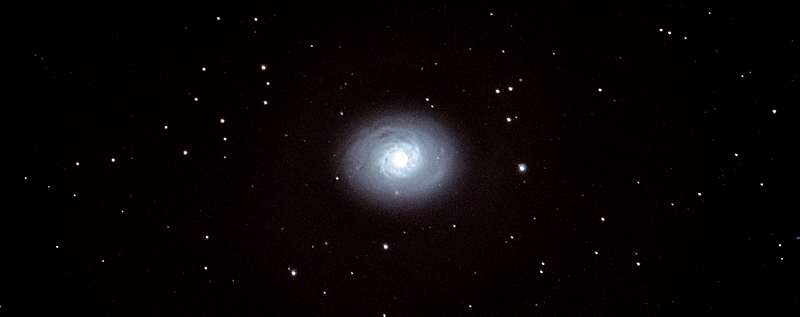
M91
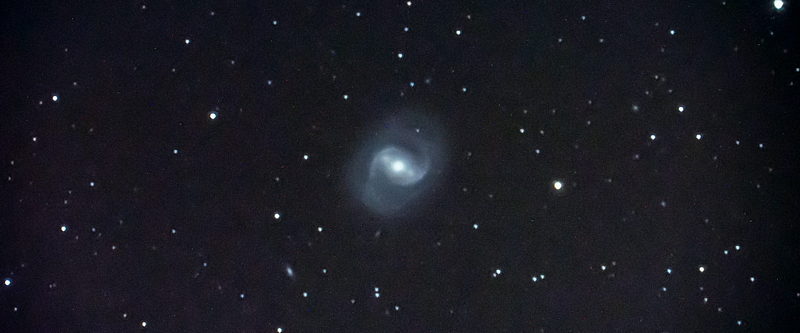
M98
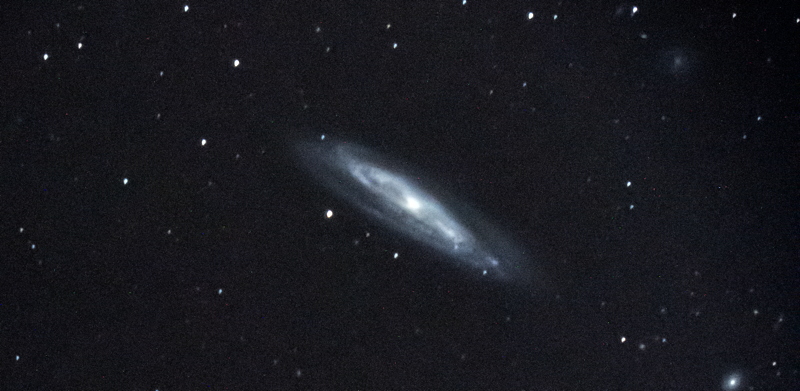
M99
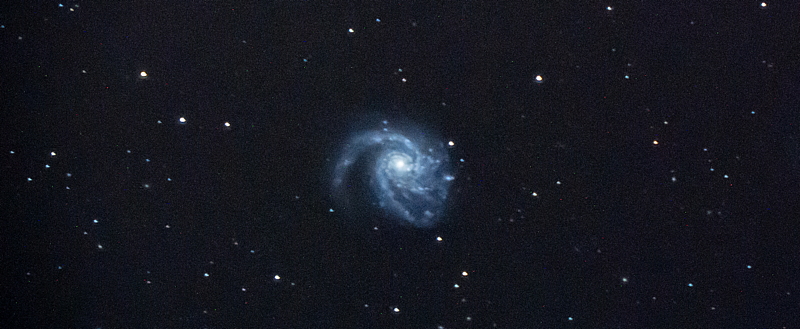
Slewed the 12" telescope to the colliding galaxies NGC4038/4039, still somewhat low in the southeastern sky. I decided to try imaging anyway although StarLock autoguiding was not very good due to the low altitude in the sky. This is a StarLock autoguided, 5 minutes, ISO 6400, WB 3570K, slightly cropped, image:
NGC4038 and NGC4039
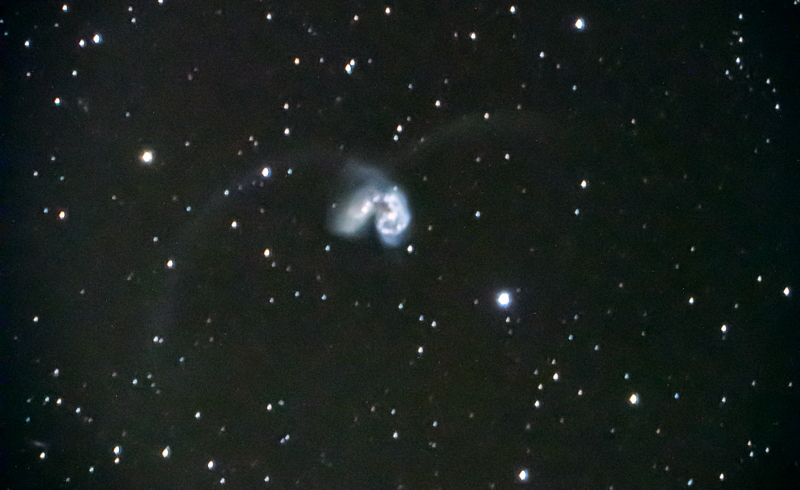
The extended arms are faintly visible to the left and right of the galaxies. I will try for a better image on a future session.
2206 MST: StarLock OFF. Ended DSO imaging.
2217 MST: viewed NGC4038/4039, 102X. The view of the galaxies was pretty good using averted vision.
Then viewed the galaxies M98 and M99, 102X. Nice views.
2223 MST: LX600 OFF.
|
Close: Friday, 24 March 2017, 2233 MST Temperature: 50°F |
Session Length: 4h 16m Conditions: Clear |
If you are into old astronomy books like I am, check out "The Amateur's Telescope" by Wm. F.A. Ellison", published in 1920. Thanks to Armagh Observatory for making it available online.
And this is important for all of us: American Astronomical Society Council Issues New Resolution on Light Pollution.
Comments are welcome using Email. Twitter users can use the button below to tweet this report to your followers. Thanks.
Cassiopeia Observatory Home Page
Copyright ©2017 Michael L. Weasner / mweasner@me.com
URL = http://www.weasner.com/co/Reports/2017/03/25/index.html
